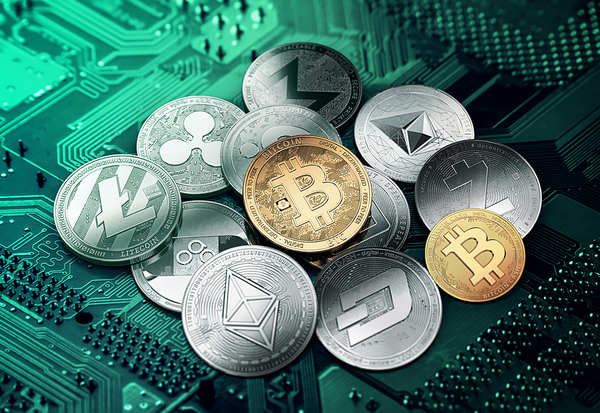
If you follow the cryptocurrency markets, you have probably read that the multi-billion dollar blockchain project EOS has recently conducted a token swap when it migrated from the Ethereum network onto its own proprietary blockchain.
In this guide, you will discover what it means to conduct a token swap, how they work, and why they are important for you as an investor.
What is a Token Swap?
A token swap, also known as token migration, is the transfer of digital tokens from one blockchain onto another blockchain.
This occurs primarily when projects use one blockchain to raise funds, such as the Ethereum network, and then want to transfer their tokens onto their own proprietary blockchain once the project’s mainnet has been launched. This was recently the case for EOS and Tron, for example.
Having said that, some blockchain projects engage in token migration if they want to switch onto a different blockchain network for other reasons. For example, the Storj network migrated from the Bitcoin blockchain onto the Ethereum network in 2017 when the Storj’s developers found that the Ethereum blockchain provided better scalability for their project.
Related Articles:
- What Is an ERC-20 Token?
- Tokens vs. Coins: The Quick Guide for Investors
- ICO Tokens 101: Understanding Token Types
How Does a Token Swap Work?
If you – as an investor – are holding tokens on an exchange, you will likely not have to do anything as the token swap occurs. Many of the large exchanges process the token swap on their platform while the user is simply credited the “new token” where they held the “old tokens” on their trading account.
However, if you are holding the digital tokens in your own personal wallet, then the process will be a bit more complex and will depend on each specific blockchain project’s token migration. Generally speaking, token holders will need to register their tokens ahead of the token swap deadline to ensure they will be migrated onto the new blockchain. This process is also referred to as “mapping”.
During the EOS token migration, for example, token holders of the Ethereum-based ERC20 EOS token were required to register their Ethereum wallet address where they held their EOS token to a public EOS key to ensure their tokens were swapped.
Alternatively, several exchanges including Binance, Bitfinex, and Kraken processed the EOS token swap process on behalf of their clients.
Why Token Swaps Matter to Investors
If you are holding digital tokens that will migrate onto a new blockchain, it is of vital importance to closely follow the instructions of the token swap as your old tokens could become frozen and inaccessible if you do not register your tokens for the token migration on time or store them on an exchange that does not process the token migration on your behalf.
It is, therefore, important as a crypto investor to stay on top of news and updates covering the ICOs and cryptocurrencies that you have invested in to ensure that you do not accidentally lose your funds due to a missed token migration.
If you want to learn more about the world of new finance and stay up-to-date will all key market-moving news, subscribe to Bitcoin Market Journal today!

